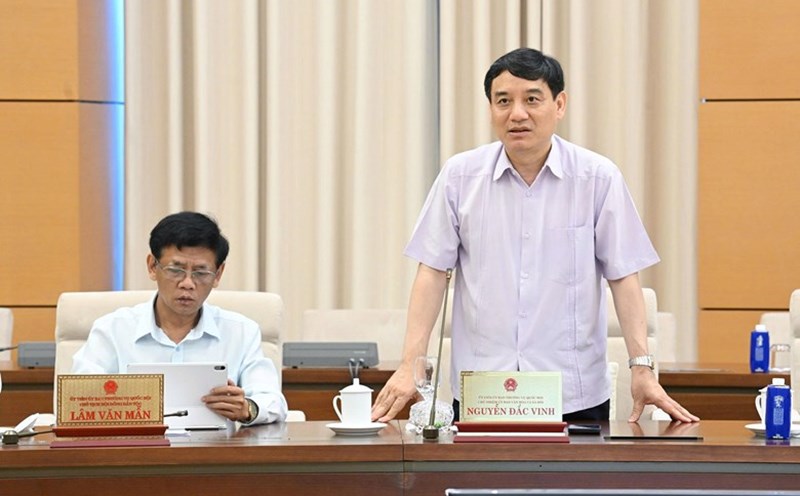The Ministry of Health has sent an urgent document to the Department of Health of provinces and cities in the Northern and Central regions and affiliated units on proactively deploying medical work to respond to super typhoon No. 9 Ragasa.
According to the National Center for Hydro-Meteorological Forecasting, at 4:00 a.m. on September 23, the center of super typhoon No. 9 was at 19.8°N; 118.8°E in the Northeast Sea of the East Sea, wind speed level 17 (202-221 km/h), gusting above level 17, stronger than Typhoon Yagi 2024. The storm will move west-northwest at about 20 km/h, 72-96 hours to the southwest and gradually weaken.
From September 24-26, the North and North Central regions will have strong winds, very heavy rain, and the risk of flooding, flash floods, and landslides. At sea, the area near the storm center has winds of level 15-17, gusts above level 17, waves above 10 m; the Gulf of Tonkin has winds of level 8-12, gusts of level 14, waves 4-6 m. The coastal area of Quang Ninh - Hai Phong is at risk of rising by 0.5-1 m. On land, coastal areas from Quang Ninh to Thanh Hoa have winds of level 6-8, near the storm center level 9-10, gusts of level 12.
Implementing the Prime Minister's Official Dispatch 170/CD-TTg, the Ministry of Health requested localities and relevant units to urgently deploy response plans at the highest level, in advance of bad scenarios.
Units must closely monitor storm developments and flood situations on mass media; review storm and flood prevention plans, and proactively respond in accordance with reality. In case the storm affects the mainland, medical facilities must organize professional duty, emergency duty 24/24 hours, ready to accommodate victims of floods, without interruption in treatment; at the same time, ensure essential medicine sources, supplement reserves of drugs, chemicals, and rescue supplies.
The Ministry of Health also requires the protection of medical facilities in high-risk areas, proactively evacuating people and property in low-lying areas, preventing flooding, flash floods, and landslides. After the storm, localities must maintain environmental sanitation, prevent epidemics, ensure clean water, food safety and quickly restore medical examination and treatment activities.
Units must promptly report the damage situation and support needs to the Ministry of Health (Department of Planning and Finance, Department of Prevention and Control, Department of Medical Examination and Treatment Management) for synthesis and submission to competent authorities.









